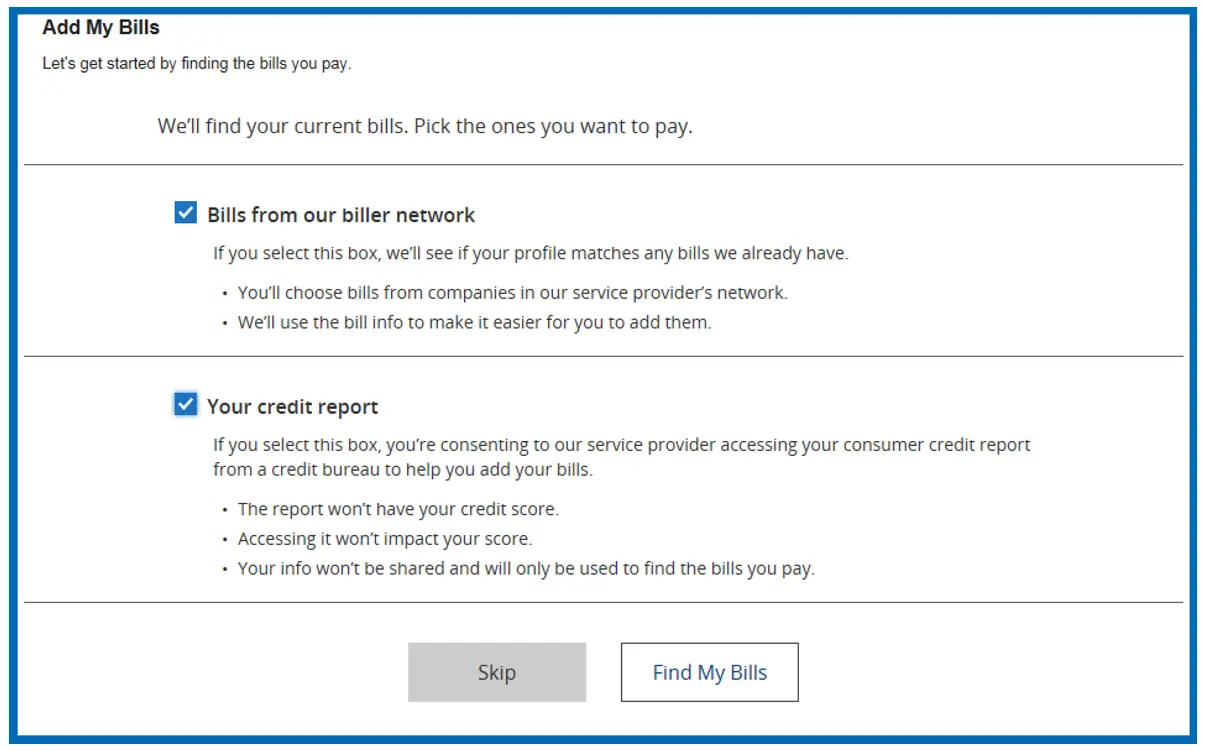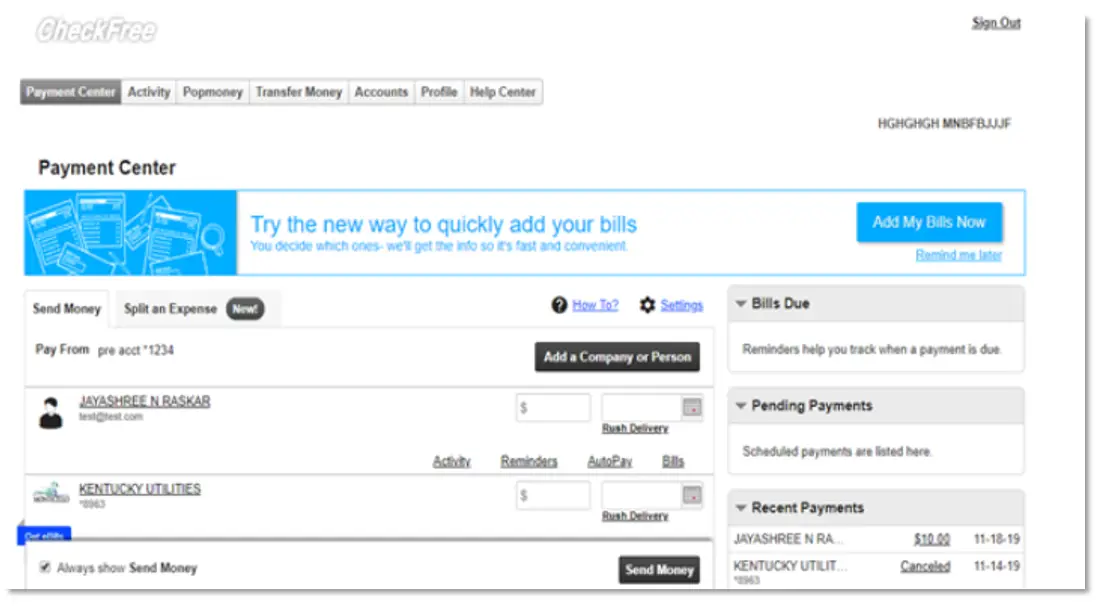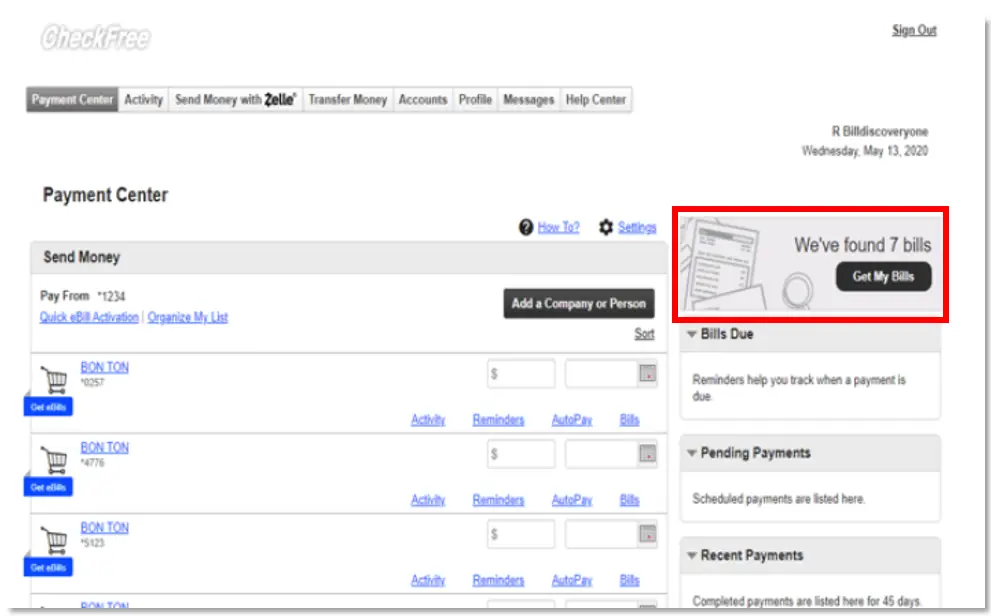If you’re well along the road to retirement, you’ve probably heard about the 4 percent rule in some capacity. This guideline for making withdrawals in retirement has been confirmed through extensive study and practice over the past 20 years, but there’s cause enough to question whether this strategy is still valid today given the increasing financial demands put on retirees.
What is the 4 percent rule?
In 1994, financial advisor William P. Bengen published “Determining Withdrawal Rates Using Historical Data,” in which he concluded that the average satisfactory withdrawal from the portfolio of a 60 to 65-year-old retiree would be about 4 percent. In every year after the first, that individual would adjust the amount withdrawn based on inflation.
Bengen reached this conclusion by testing the 4 percent rule against three major financial events: the recession of 1973-74, the stock market decline of 1937-41 and the early Great Depression years of 1929-31. He found that there was no historical instance in which a 4 percent withdrawal annually adjusted for inflation would exhaust the funds of a retirement portfolio before 33 years, adding that most portfolios following this method could be drawn from for 50 years or more.
Four years after it was published, Bengen’s rule was confirmed and popularized in “Retirement Savings: Choosing a Withdrawal Rate That Is Sustainable,” a study conducted by Trinity University professors Philip L. Cooley, Carl M. Hubbard and Daniel T. Walz. The authors of the Trinity Study re-confirmed their findings in 2011 with the publication of “Portfolio Success Rates: Where to Draw the Line.”
In 2006, Bengen revised his findings in his book “Conserving Client Portfolios During Retirement,” where he posted that the safe maximum withdrawal for retirees was actually closer to 4.1 percent on taxable funds and 4.5 percent on tax-free funds withdrawn from a Roth IRA or 401(k).
Does the 4 percent rule still work?
It’s important to understand that the 4 percent rule is a rule of thumb. As Investopedia notes, this means that it is more of a guideline or general principle that can and should often be taken with a grain of salt. Bengen himself confirms as much, telling blogger Early Retirement Dude in August 2017: “I like to remind people that the 4.5 percent rule is not a law of nature, like Newton’s laws of motion, which will probably never change. Markets can change, and it is possible that in the future the 4.5 percent rule, which has held up for 50 years, might be violated. But I haven’t seen those circumstances yet.”
The Motley Fool’s Maurie Backman points out that this particular rule of thumb will not apply to your portfolio without about a 50-50 or 60-40 mix of stocks and bonds. If you heavily favor bonds or stocks, then the rule may actually be counterintuitive to your retirement aims.
As far as the 4 percent rate itself, critics of the rule are split. Paula Pant of The Balance suggests using the more conservative 3 percent rule, which reduces the risk of overextension on a longer timeline. Backman, on the other hand, suggests that the trend of people working into their 70s shortens the retirement window, rendering the 4 percent rule too conservative. Dana Anspach writes for the Balance that the 4 percent rule no longer applies after the age of 70.5 due to mandatory minimum distributions from your IRA.
While the 4 percent rule is not hard and fast, Backman agrees that it serves as a solid starting point for retirement planning. There are a multitude of factors at play in determining what works best for you, including the amount you’ve saved and the diversity of your portfolio. The best approach is to seek the input of a trusted financial advisor as you start barreling down on retirement and have them guide you toward the best rule by which you can live most comfortably.
Talk to one of our retirement experts who can help answer questions and offer insight.
Securities and insurance products are offered through Cetera Investment Services LLC, member FINRA/SIPC. Advisory services are offered through Cetera Investment Advisers LLC. Neither firm is affiliated with North Shore Bank or its related companies. Investments are: • Not FDIC insured • May lose value • Not financial institution guaranteed • Not a deposit • Not insured by any federal government agency.





 When opening an account online, your initial deposit must be done by transferring money from your current bank account or by debit or credit card.
When opening an account online, your initial deposit must be done by transferring money from your current bank account or by debit or credit card. Click on the three vertical dots alongside the blue “Pay” button
Click on the three vertical dots alongside the blue “Pay” button